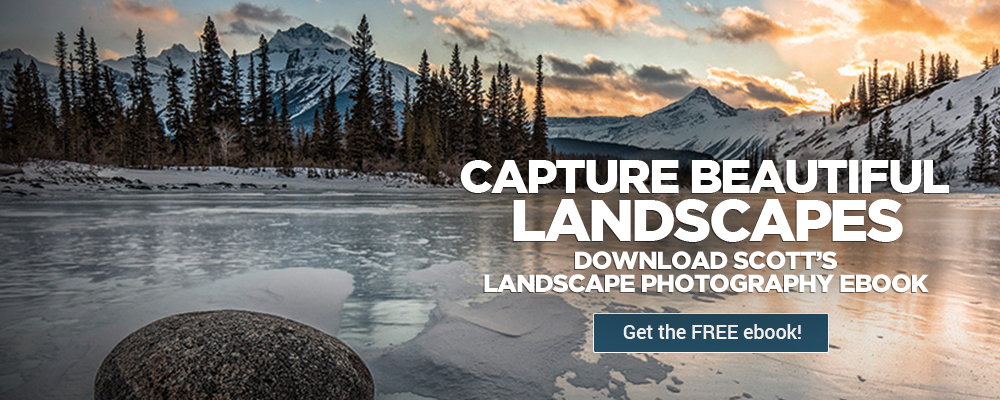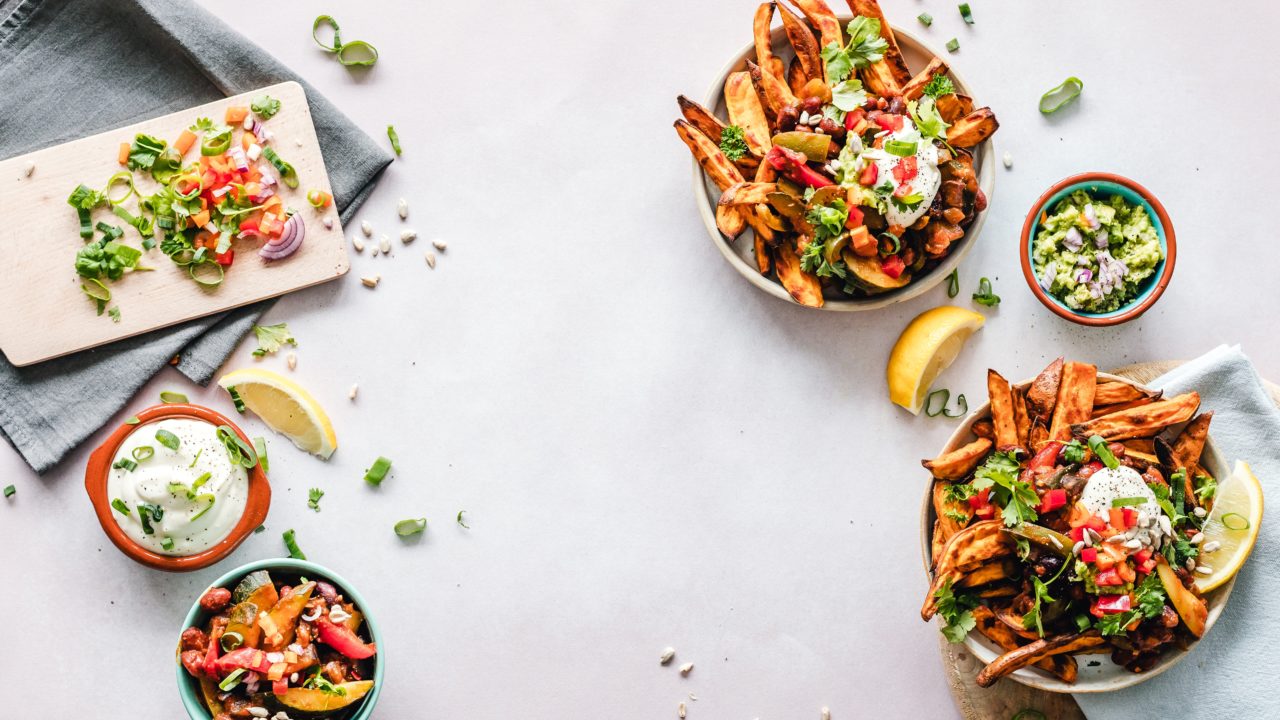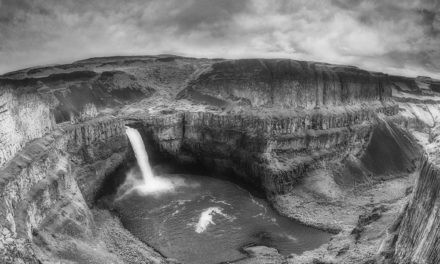How to Improve Your Food Photography Skills
Guest Blog by Mavise LeBlanc
Food photography started out as a way for cooking professionals to have their work featured in prestigious food magazines. Today, however, it’s part of everyday life and can be seen everywhere on social media. It has grown because photography has become so much more accessible to the general public, whether through a DSLR or a smartphone with the latest mobile camera. Now everyone can do their own food photography. In fact, it is predicted that the global digital photography market will reach $149.98 billion in five years. Naturally, the standard and competition for food photography has also been raised as a result. Knowing how to make your own photos stand out is essential.
Here are four tips on improving your food photography skills:
Understand Composition
The main aspect that sets good food photography apart from average pictures is the mastery of composition. By carefully deciding on the direction and visual balance of your image, you can create a more interesting visual piece that grabs your viewer’s attention. For instance, you can use the rule of thirds with the help of your smartphone camera grid to create negative space.
This is a technique where you intentionally leave some areas of the frame blank to draw focus to the elements in the picture. You can also experiment with what to draw focus to. For example, defocusing a part of the photo can sometimes draw more attention to it. Try playing around with the rule of thirds and focus first as these two basics will make your images “pop.”
Try Different Angles
Choosing the right angle for your photography needs to be a conscious decision; more than a pretty point of view, it should still capture the story you’re trying to tell. When trying different angles, think of the food beforehand. Consider what makes it so unique, such as its size, shape, height, and even texture. Then, work on placing the camera where it can best highlight these qualities.
Some dishes look best when you shoot them from above while others are more appealing with a macro shot. Experiment with what works best for the type of food you’re photographing, and find the right angles to capture what you want to portray.
Use the Right Equipment
While smartphone cameras are usually good enough for most types of photography, they are not suitable for everything. If you require a little more depth and dynamic range in your images, then you’ll need a versatile DSLR camera, which offers superior image quality and better low-light performance that can capture images in crisp detail. You also have more creative freedom given the wide range of accessories available, such as interchangeable lenses. The Canon EOS Rebel T8i, in particular, can be a great option for beginners or those on a budget. It’s best to purchase only the body and pair it with Canon’s F1.8 50mm lens for the best results. This combination will give you a wide aperture to produce a more shallow depth of field. It’s also excellent for low light conditions, which can set the mood for your food photos.
Modify Natural Light
Poor use of light can distract rather than emphasize the best features of the food you’re photographing. Most experienced photographers will use natural light where they can, but they’ll also work to modify it for the best results. One tip for achieving the best natural lighting is to place a diffuser between the window and the food you’re photographing to soften any harsh light. You can also use white cards to bounce light to specific areas and black cards to make shadows stronger for better contrast.
Mastering photography techniques can lead to better outcomes. Whether you want a more aesthetically pleasing social media feed, better site traffic, or a photography side hustle, improving your food photography skills will allow you to achieve them.
Submitted by Mavise LeBlanc for kelbyone.com







